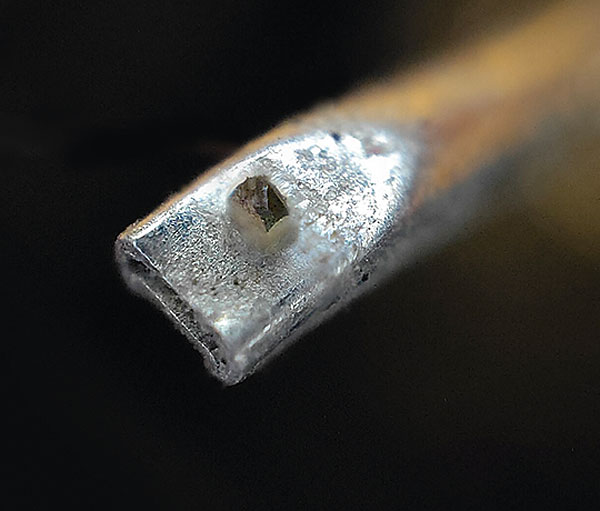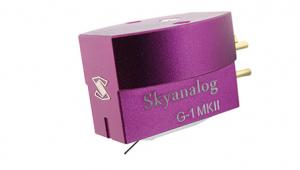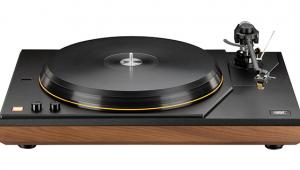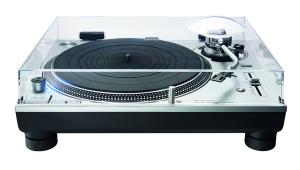Shelter Harmony Cartridge The Art Of Sound
Rather like the ideal loudspeaker driver, the 'fantasy' cartridge cantilever would be both infinitely stiff and vanishingly lightweight, all the better to accurately trace the vinyl groove without the 'real world' problems of overcoming stylus inertia and controlling unwanted resonance in the cantilever and coils. This explains why boron pipes and short, thin gemstones are still used in a few high-end pick-ups. In any case, the choice of cantilever is a compromise between physical properties, cost and ease-of-manufacture, which also explains why aluminium alloy tubes remain the go-to choice for many pick-up designers. It's certainly much easier to mount a diamond on a shank through one end of an alloy cantilever [Vertere Sabre, HFN Feb '22] than to glue it onto a boron pipe [AVID Boron, HFN Apr '21] or diamond rod [Ortofon MC Verismo, HFN Mar '22].

An alloy pipe cantilever remains common in MM designs where bending modes that occur within the top-end of the audio range typically result in a destructive dip in output between 10-15kHz. In more sophisticated designs, such as the Harmony, the higher frequency resonance of its shorter, harder alloy tube, the finite mass of the stylus, fulcrum compliance and damping are all selected to constructively 'tune' its HF response. It may not be 'flat' but the Harmony's frequency response still extends to ~20kHz. PM


















































